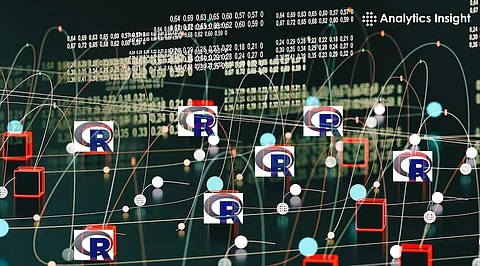

Data structures play a fundamental role in programming, serving as the backbone for organizing and storing data efficiently. In R programming, a versatile language known for its robust statistical capabilities, understanding data structures is crucial for effective data manipulation and data analysis. In this article, we delve into the world of data structures in R, exploring their types, functionalities, and applications.
In R, data structures are objects used to store and organize data. They come in various forms, each tailored to specific tasks and scenarios. The primary data structures in R include vectors, matrices, arrays, lists, and data frames.
Vectors: Vectors are one-dimensional arrays that can hold elements of the same data type, such as numeric, character, or logical values. They are the simplest and most common data structures in R, often used for storing sequences of values or individual variables.
Matrices: Matrices are arrays with two dimensions, comprising both rows and columns. They are useful for representing tabular data, such as spreadsheets or datasets, where each row corresponds to an observation, and each column represents a variable.
Arrays: Arrays extend the concept of matrices to multiple dimensions, allowing for the storage of data in three or more dimensions. While less commonly used than vectors and matrices, arrays are valuable for handling complex datasets with multidimensional characteristics.
Lists: Lists are versatile data structures that can contain elements of different types, including vectors, matrices, arrays, or even other lists. They provide flexibility in data organization and are often used for creating nested data structures or hierarchical data representations.
Data Frames: Data frames are tabular data structures like matrices but with additional flexibility and functionality. They are designed to handle datasets with mixed data types, where each column can have a different data type. Data frames are widely used in statistical analysis and data manipulation tasks.
In R programming, manipulating data structures involves performing various operations such as accessing elements, modifying values, adding, or removing elements, and reshaping data. R provides a rich set of functions and operators for efficient data manipulation, making it a preferred choice for data scientists and statisticians.
Accessing Elements: Elements in data structures can be accessed using indexing or subsetting operations. In R, indexing starts from 1, and elements can be accessed by specifying their position or name within the data structure.
Modifying Values: Data structures in R are mutable, allowing for the modification of values at specific positions. This flexibility enables data scientists to update or edit data elements based on analytical requirements or data cleaning tasks.
Adding or Removing Elements: Data structures can be dynamically modified by adding or removing elements as needed. R offers functions for appending, inserting, or deleting elements from vectors, lists, and data frames, facilitating data manipulation tasks.
Reshaping Data: Data restructuring involves transforming data from one format to another, such as converting between different data structures or reshaping tabular data. R provides functions like `reshape()` and `tidyr` package for reshaping data frames and arrays, enabling data scientists to reshape data for analysis or visualization purposes.
Data structures play a vital role in various data science tasks and applications, including data wrangling, statistical analysis, machine learning, and visualization. By leveraging the rich ecosystem of R packages and libraries, data scientists can effectively manipulate and analyze complex datasets, uncover insights, and make data-driven decisions.
Data structures are the building blocks of R programming, enabling efficient storage, organization, and manipulation of data. By understanding the types and functionalities of data structures in R, data scientists can leverage the full potential of the language for data analysis, modeling, and visualization. Mastery of data structures is essential for becoming proficient in R programming and unlocking its capabilities for solving real-world data challenges.
Join our WhatsApp Channel to get the latest news, exclusives and videos on WhatsApp
_____________
Disclaimer: Analytics Insight does not provide financial advice or guidance. Also note that the cryptocurrencies mentioned/listed on the website could potentially be scams, i.e. designed to induce you to invest financial resources that may be lost forever and not be recoverable once investments are made. You are responsible for conducting your own research (DYOR) before making any investments. Read more here.
